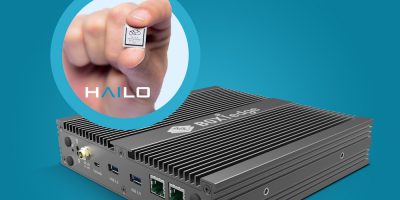The latest addition to the sensor signal conditioner (SSC) range is the ZSSC3240. According to Renesas, it delivers high accuracy, sensitivity, and flexibility for sensor applications such as resistive pressure sensors and medical infra red thermometers. It is also claimed to deliver best-in-class performance and speed with up to 24 bits analogue to digital conversion (ADC) resolution.
The ZSSC3240 has a flexible sensor front end and a range of output interfaces, enabling the SSC to be used for nearly all types of resistive and absolute voltage sensor elements. Engineers can develop complete sensing platforms from a single SSC device, said Renesas. It is also small in size, for use in a variety of sensor-based devices for the industrial, consumer, and medical markets, including smart meters, continuous smart health monitors, factory automation devices, industrial pressure transmitters, HVAC sensors and weight scales.
Unlike micro-machined and silicon-based sensing elements which provide mostly non-linear and very small signals, which need to be converted into a linearised output, the ZSSC3240 SSC provides programmable, wide gain and quantisation functions, combined with powerful, high-order digital correction and linearisation algorithms, explained Renesas. High performance, and flexible sensor front end configuration and analogue output options enable sensor platform design using a single IC, allowing users to leverage the SSC cost effectively for a wide variety of sensor elements that have different characteristics.
The ZSSC3240 SSC has a high-gain analogue front end supporting up to 540V per Volt (V/V) and an integrated 26bit DSP for high-precision sensor calibration. Current loop output is 4.0 to 20 mA.
The ZSSC3240 SSC is available now in a 4.0 x 4.0mm, 24-lead QFN package. The SSC is also available in bare die format.







